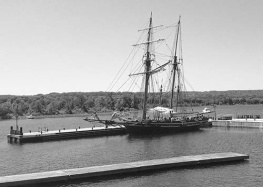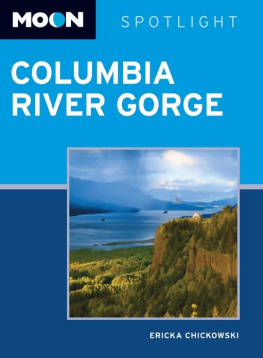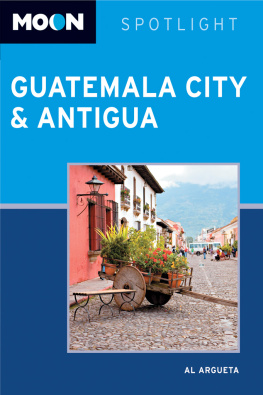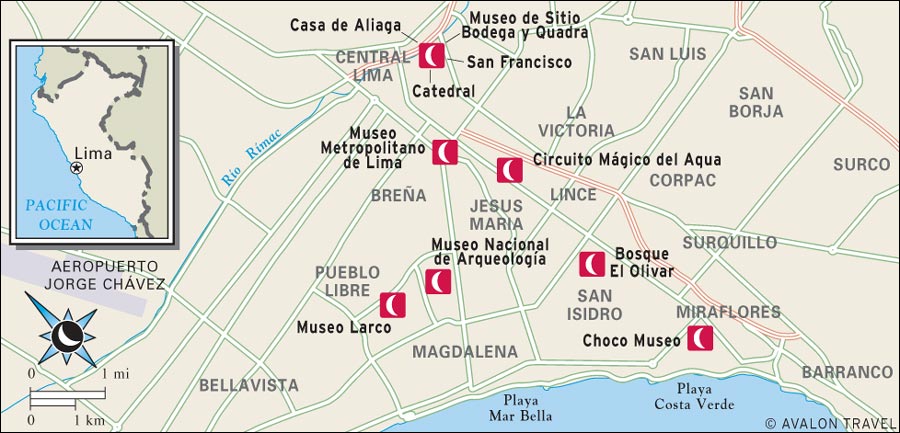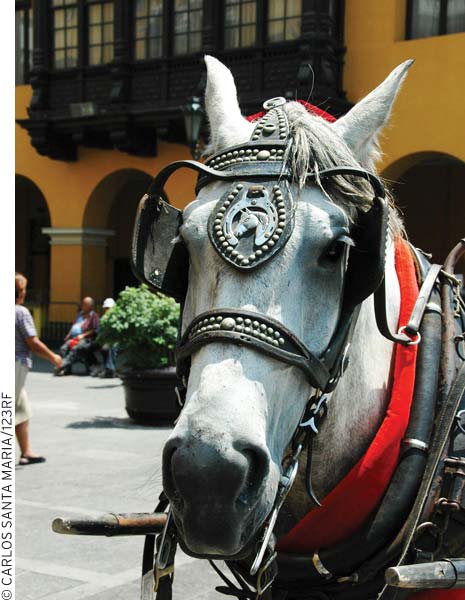
LIMA
RYAN DUB
Limas taxi drivers tend to be educated, perceptive, and opinionated. When asked what they think about Lima, they will tick off a litany of complaints: The highways are congested with buses. The air is full of exhaust and noise. Slums have sprawled across all the desert hills around Lima and residents there lack regular plumbing, water, and sometimes even electricity. The citys politicians and business leaders create a daily circus of corruption, and there is a huge, and growing, separation between the rich and the poor. Then, as if that werent enough, theres the gara. The blanket of fog rolls in from the ocean and covers everything May-November, depositing a patina of grime that lends the city its gray, dismal appearance.
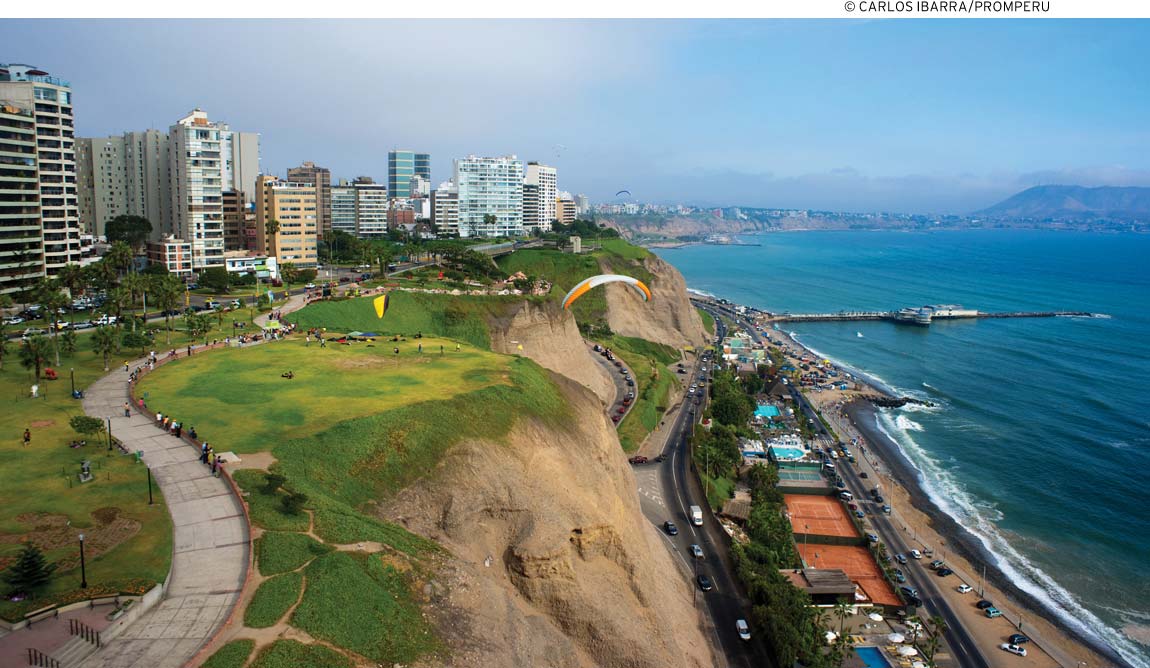
LOOK FOR M TO FIND RECOMMENDED SIGHTS, ACTIVITIES, DINING, AND LODGING.
M Catedral: After two decades of turbulence, Lima is roaring back, and at the center of it all is a refurbished main square and the 16th-century cathedral, with elegantly carved choir stalls and a huge painting gallery ().
M Casa de Aliaga: This colonial mansion in the heart of Limas old town is in pristine condition and offers a fascinating glimpse into domestic life during the opulent days of the viceroyalty ().
M Museo de Sitio Bodega y Quadra: This museum, the former home of Spanish naval officer Juan Francisco de la Bodega y Quadra, is an example of the transition from colonial to republican life in Lima ().
M San Francisco: This 16th-century convent has a brightly decorated patio and painting gallery upstairs, and labyrinthine catacombs downstairs ().
M Museo Metropolitano de Lima: Travel through Limas history via 3D movies and an earthquake simulator ().
M Circuito Mgico del Agua: The biggest water fountain complex in the world has 13 interactive fountains and a light laser show ().
M Museo Larco: With a huge collection of gold, textiles, and more than 40,000 ceramics, this museum offers a complete survey of all of Perus archaeological treasures ().
M Museo Nacional de Arqueologa: The best way to wrap your mind around Perus complex succession of ancient cultures is by visiting this compact and concise museum ().
M Choco Museo: This unique museum offers chocolate lovers workshops on how to make chocolate while learning about the cacao tree ().
M Bosque El Olivar: Stroll among more than 1,500 olive trees in this 450-year-old park ().
horse-drawn carriage in downtown Lima
But, in the same breath, the taxi driver will extol the virtues of this once-opulent capital of the Spanish viceroyalty that stretched from present-day Ecuador to Chile. Limeos are an exotic cocktail, a bit of coast, sierra, and rainforest blended with African, Chinese, and European to create an eclectic, never-before-seen blend. Heaps of tangy ceviche and succulent shellfish can be had for a few dollars, along with shredded chicken served in a creamy concoction of milk, mountain cheese, nuts, and aj pepper. Bars, clubs, and local music venues, called peas, explode most nights with dance and the rhythms of cumbia, salsa, Afro-Peruvian pop, and a dozen forms of creole music. There are sandy beaches just half an hour south of the city. And despite all its griminess, the center of Lima shines forth with a wealth of colonial art and architecture, rivaled perhaps only by Mexico City, the other great center of Spanish power in the New World.
The bottom line: Lima is an extraordinary city, but it takes a little getting used to. The countrys leading museums, churches, and restaurants are here, along with nearly nine million people, almost one-third of Perus population. It is the maximum expression of Perus cultural diversity (and chaos). Whether you like it or not, you will come to Lima, because nearly all international flights land at this gateway.
PLANNING YOUR TIME
Depending on your interests, Lima can be seen in a days dash or several days to take in most of the museums, churches, and surrounding sights. Peru travelers tend to enjoy Lima more at the end of a trip than at the beginning. After visiting Puno, Cusco, and other Peruvian cities, travelers are more prepared to deal with the logistics of getting around this huge city. They have also seen enough of the country to make better sense of the vast, and often poorly explained, collections in Perus museums. Things start making sense.
If you are short on time and are visiting Cusco, one headache-free option is to fly from Cusco to Lima early in the morning and spend the day touring Lima on an organized tour (if you are planning on seeing Lima on your own, plan on one day for just acclimatizing). Various good day tours include lunch at one of the better restaurants in the city. You can head to the airport for your flight home in the evening, or early the following morning.
HISTORY
Present-day Lima was never the center of any great empire but rather a verdant valley where a series of cultures flourished alongside the shrine of Pachacmac, which by the Incas time housed one of the most respected, and feared, oracles in the Andes. Huaca Pucllana, in Limas upscale Miraflores neighborhood, was a ceremonial center built out of adobe bricks by the seafaring Lima culture from around AD 200 onward. The valley later fell under the influence of the Ayacucho-based Huari culture and was integrated by 1300 into the Ychma kingdom, which built most of the monumental architecture at Pachacmac. The Inca Tpac Yupanqui conquered the area in the mid-15th century and built an enclosure for holy women alongside Pachacmacs stepped pyramid.

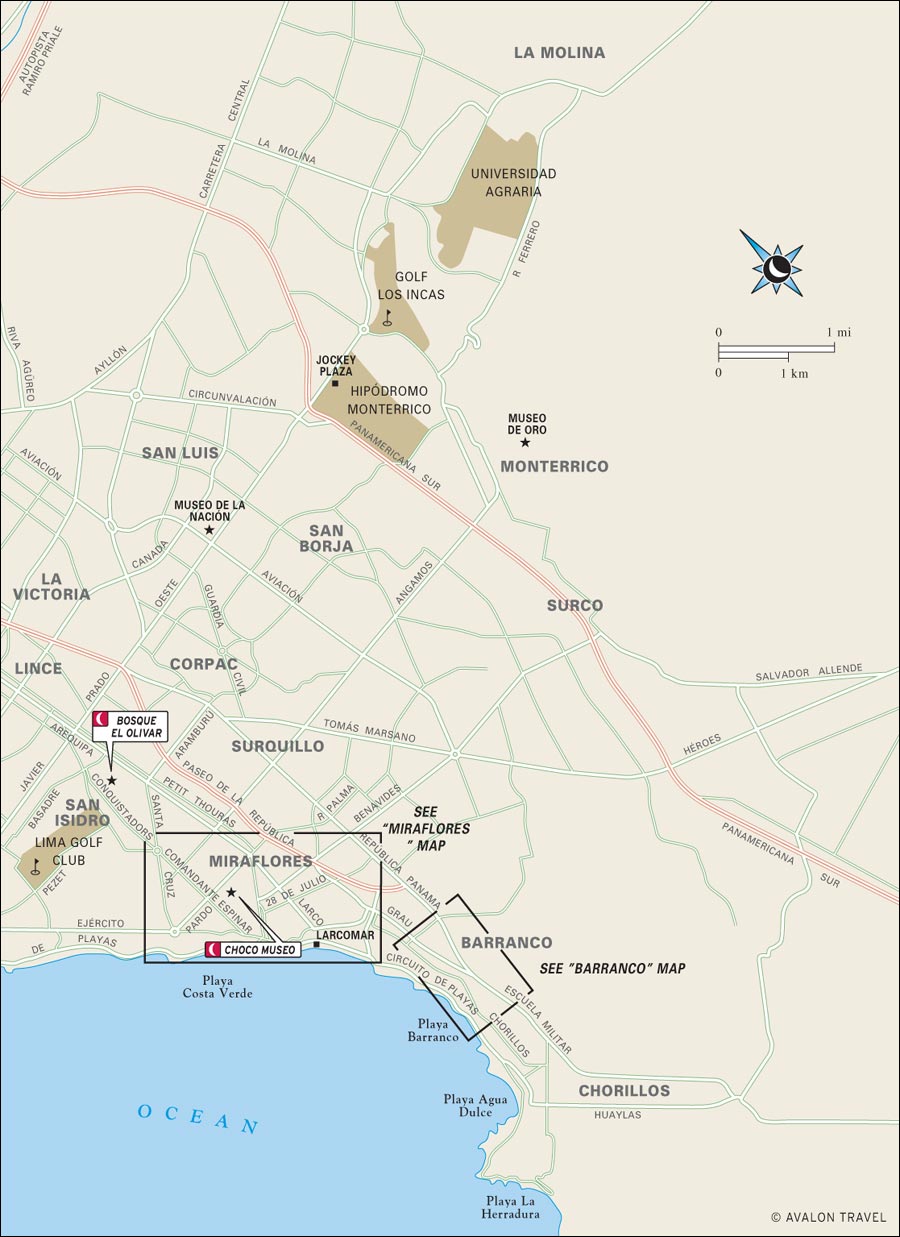
The first Spaniard to arrive in the area was Hernando Pizarro, who rode with a group of soldiers from Cajamarca in 1533 to investigate reports of gold at Pachacmac. They found nothing, but his brother, Francisco, returned two years later to move the capital here from Cusco. Francisco Pizarro was drawn to the spot because of its fertile plains and the natural port of Callao. (Both Pizarros had come here in January, in the middle of Limas brief summer, and must have thought it was a sunny place.)
Pizarro laid the city out in typical checkerboard pattern, with the main square butting up against the Ro Rmac



